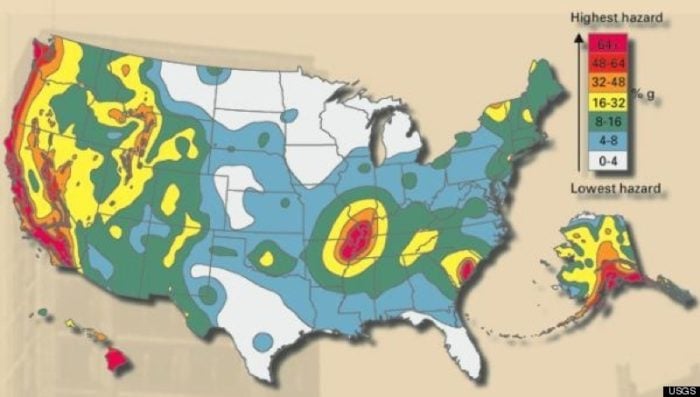
T.Įxperiments in HF ionospheric heating using the HighÂfrequency Active Auroral Research Program ( HAARP) facilities have tremendous potential for informing our investigation of the Earth's upper atmosphere, ionosphere, and magnetosphere. The SEE measurements aid the interpretation of the twisted beam interactions in the ionosphere. The results of these runs include artificial layer creation and evolution as pertaining to the twisted beam pattern. The ring heating pattern may be more conducive to the creation of stable artificial airglow layers because of the horizontal structure of the ring.

One difference in the twisted beam mode is the heating region produced is in the shape of a ring as opposed to the more traditional "solid spot" region from a pencil beam. Analysis of twisted beam heating shows that the SEE results obtained are identical to more traditional patterns. New results are present from HAARP experiments using a "twisted beam" excitation mode. The High-Frequency Active Auroral Research Program ( HAARP) in Gakona, Alaska is the world's largest heating facility, yielding effective radiated powers in the gigawatt range. Nonlinear interactions of high power HF radio waves in the ionosphere provide aeronomers with a unique space-based laboratory capability. "Twisted Beam" SEE Observations of Ionospheric Heating from HAARPīriczinski, S. The results of these runs include artificial ionization creation and evolution as pertaining to the twisted beam pattern. The ring heating pattern may be more conducive to the creation of artificial ionization clouds.

One difference in the twisted beam mode is the heating region produced is in the shape of a ring as opposed to the more traditional 'solid spot' region. These new modes are presented and discussed. Recent twisted beam heating experiments have produced SEE modes not previously characterized. This OAM mode is also referred to as a 'twisted beam.' Previous analysis of twisted beam heating shows that the SEE results obtained are nearly identical to the modes without OAM. New results are present from HAARP experiments using an excitation mode that attempts to impart orbital angular momentum (OAM) into the heating region. These production modes have been extensively studied at HAARP using traditional beam heating patterns and SEE detection. Typical SEE experiments at HAARP have focused on characterizing the parametric decay of the electromagnetic pump wave into several different wave modes such as upper and lower hybrid, ion acoustic, ion-Bernstein and electron-Bernstein. Stimulated Electromagnetic Emission (SEE) is of interest to the ionospheric community for its diagnostic purposes. Experiments performed at HAARP have allowed researchers to study many non-linear effects of wave-plasma interactions.

The High-Frequency Active Auroral Research Program ( HAARP) in Gakona, Alaksa is the world's largest heating facility, providing effective radiated powers in the gigawatt range. High power HF radio waves exciting the ionosphere provide aeronomers with a unique space-based laboratory capability. SEE Observations of Ionospheric Heating from HAARP Using Orbital Angular Momentumīriczinski, S.


 0 kommentar(er)
0 kommentar(er)
